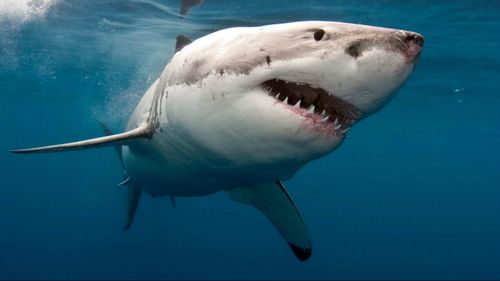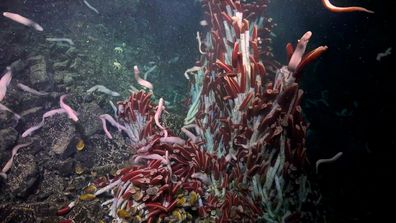Scientists from Macquarie University, La Trobe University, The University of Western Australia, and Flinders University, tried using LED lights that mimicked the ability some marine life have of naturally emitting phosphorescent light from their undersides.
The researchers focused solely on great white sharks, which hunt prey from below by searching for a dark silhouette above them – which can lead to humans being mistaken for a shark’s typical snack.

The researchers fit LED lights on seal decoys they towed behind a boat, to see how the tactic worked.
They said great white sharks were much more likely to attack decoys that did not have lights attached, and that the brighter the light, the less likely the sharks were to attack overall.

‘Giants’ discovered beneath Earth’s seafloor
“Our results reveal the importance of a dark silhouette against a lighter background in predatory behaviour in great white sharks and that altering the silhouette may form the basis of new non-invasive shark deterrent technology to protect human life.”
According to the Australian Shark Incident Database, run by the Taronga Conservation Society Australia, more than 90 per cent of shark bites in Australia come from great white sharks, bull sharks, tiger sharks, and wobbegongs and other whaler sharks.
In 2023 there were four fatal shark attacks in Australian waters.







